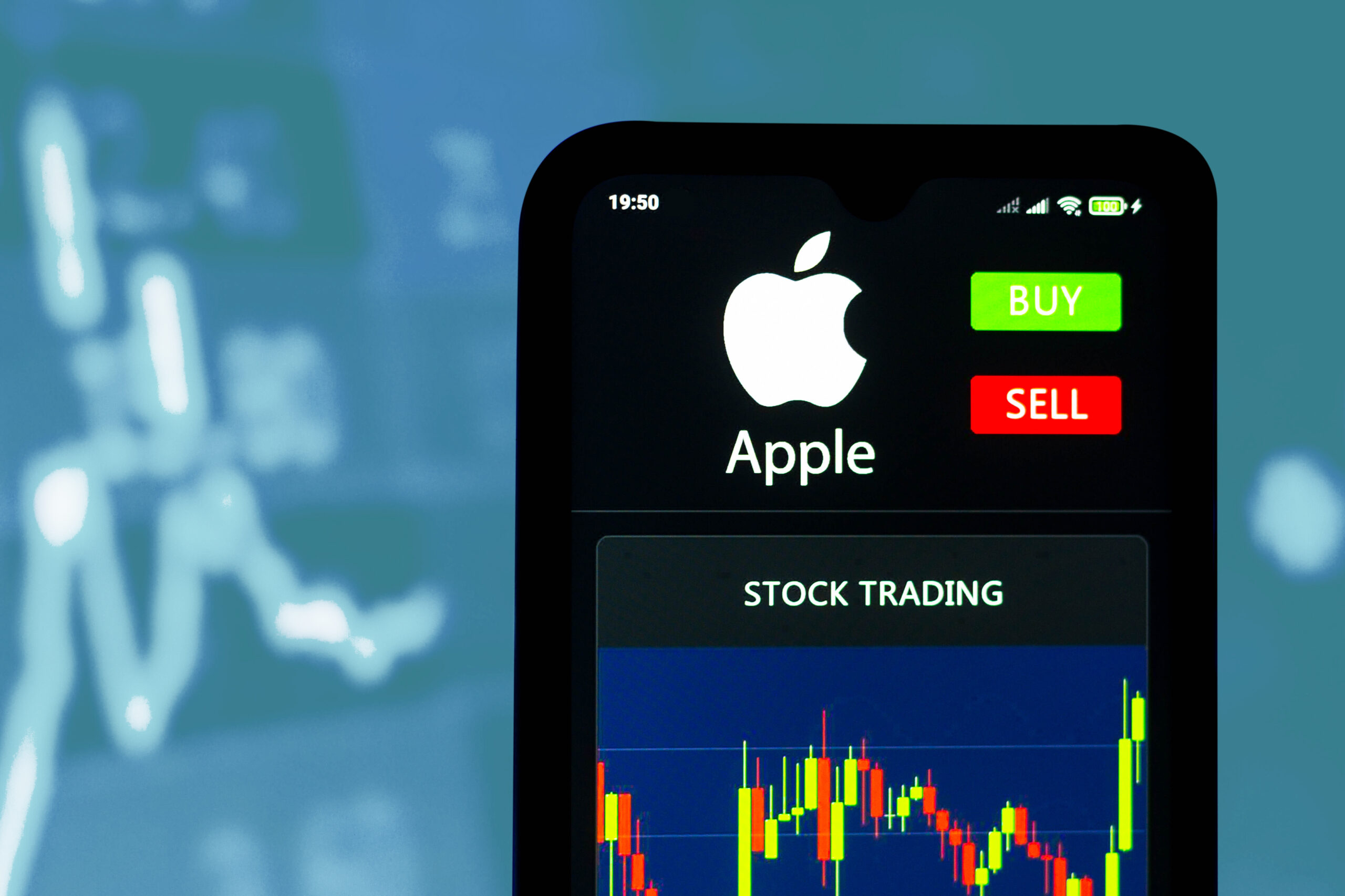
- Indices
- Stocks
Apple shares weigh on S&P 500
Do you want to know how to make money from this?
Register for free and get expert advice, access to a training course and webinars.
Key points:
- US stock indices closed lower on Tuesday, January 16th.
- The main factors behind the decline were mixed results from the banking sector, as well as falling shares of Boeing and Apple.
- The Federal Reserve is wavering on rates.
On Tuesday, US stock markets closed lower, dragged down by mixed earnings from Morgan Stanley and Goldman Sachs, which weighed on the banking sector. Additionally, declines in Boeing and Apple weighed on the broader S&P 500 index.
The S&P 500 index closed down 0.37% at 4,765.98 points, while the Nasdaq Composite index fell 0.19% to 14,944.35 points. The Dow Jones Industrial Average also declined 0.62%, closing at 37,361.12 points.
The increased trading volume, with 13.0 billion shares traded compared to the average of 12.1 billion shares over the previous 20 sessions, suggests that investors were actively reacting to the news and movements in the market.
The banking sector showed mixed results
Morgan Stanley (MS.N) stock fell 4.2% to its lowest level in more than a month after the company reported weaker quarterly earnings. In contrast, Goldman Sachs (GS.N) stock closed 0.7% higher after the company reported a 51% increase in profit.
The S&P 500 banks index .SPXBK fell 1.2% to its lowest level in over a month after other major U.S. banks reported lower profits on Friday.
Following a strong December rally, the S&P 500 has been trading near its all-time high set in January 2022. However, it has since pulled back by around 1% from that level.
Apple shares fall amid competition with Microsoft
Apple’s (AAPL.O) stocks declined by 1.2% following its decision to offer unusual discounts on iPhones in China, a move made in response to intense competition in the region. This development came shortly after Microsoft (MSFT.O) surpassed Apple, albeit temporarily, as the most valuable company in the world.
Conversely, Advanced Micro Devices (AMD.O) witnessed an 8.3% increase in its shares after Barclays analysts raised their price projections for AMD and several other chip manufacturers. The rationale behind the optimistic outlook was the anticipated benefits these companies would reap from the growing prominence of artificial intelligence. Nvidia (NVDA.O), a major competitor, also saw a 3% surge, reaching a new record high.
Boeing (BA.N) experienced an approximately 8% drop, reaching a two-month low, as the Federal Aviation Administration extended the grounding of the 737 MAX 9 indefinitely following a recent crash.
Among the 11 S&P 500 industry indexes, 10 recorded declines, with energy prices contributing to a 2.4% decrease in the energy sector index (.SPNY).
Fed wavers on rate decision
Despite mixed signals from policymakers and inflation data, Wall Street stocks rose last week as investors continued to anticipate an early start to the Federal Reserve’s quantitative easing program.
Federal Reserve Governor Christopher Waller tempered expectations by advising against a hasty interest rate cut, but he expressed increasing confidence in the trajectory of inflation toward the Fed’s 2% target.
Traders have scaled back their hopes of an imminent rate reduction in March, as U.S. Treasury yields have edged higher.
The S&P 500 index set 23 new highs and marked two new lows, while the Nasdaq Composite index reached 63 new highs but also experienced 182 new lows.
Do you want to know
How to make money from the news
Register for free and get:
- Expert consultation;
- Access to the training course;
- Opportunity to participate in webinars

